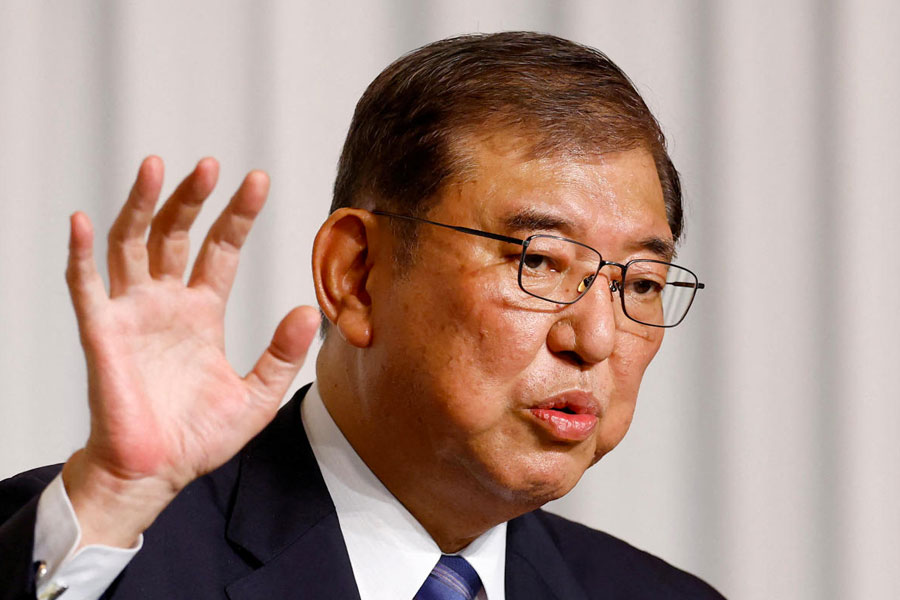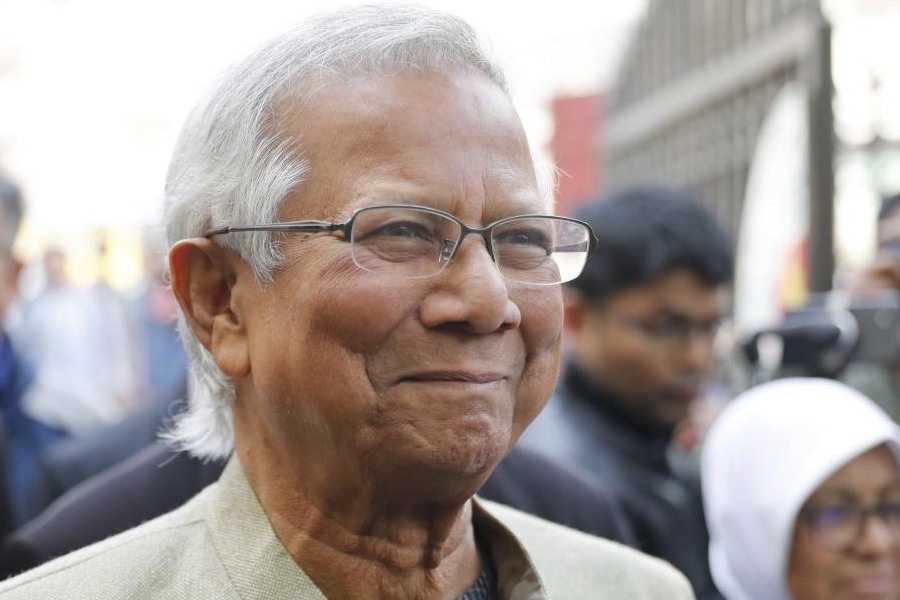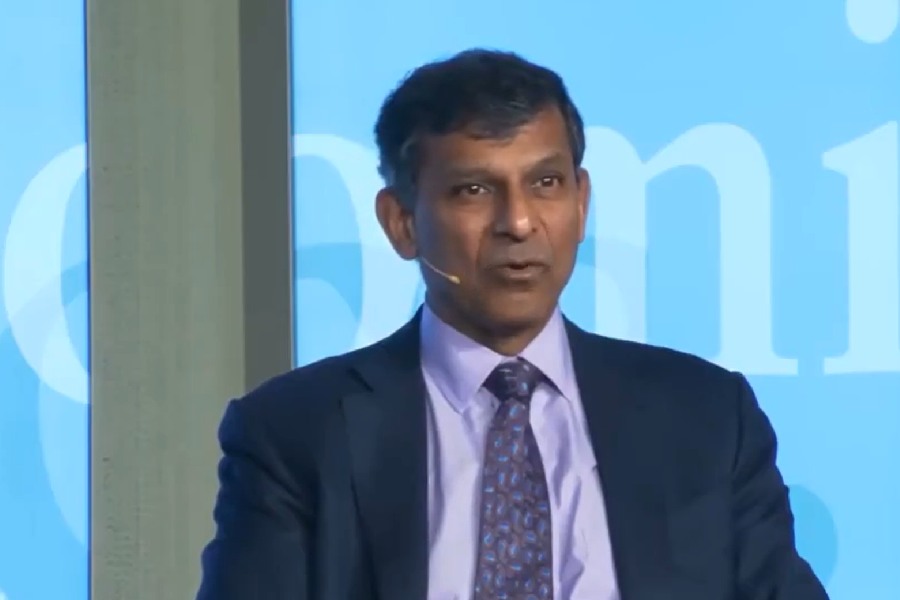For the bulk of Japan's history after World War II, the Liberal Democratic Party has ruled the country, marrying Centrist conservatism with pragmatic nationalism, with an almost ironclad grip on power. But elections to the East Asian nation's upper House of Parliament last weekend have shaken that equilibrium as the LDP of Prime Minister Shigeru Ishiba failed to secure a majority even with a coalition partner. Mr Ishiba's position was already in danger: after becoming prime minister last September, he had called snap polls in which the LDP fell well short of a majority and was forced to find post-poll allies in order to stay in power. Since then, he has struggled to win back support as Japan's economic crisis has deepened, cost of living concerns have intensified, and frustrations over the direction of the country — whose GDP has slipped from third in the world to fifth, behind India, by some estimates — have grown. Although Mr Ishiba has for now said he plans to stay on in office, the latest election results will likely amplify calls from within the LDP for a new leader and increase pressure on his government from the Opposition.
Japanese prime ministers often have notoriously short tenures. But the results of these elections represent a deeper churn in that country. The rise of a far-Right party, Sanseito, in particular, has raised questions about whether some of the issues that have galvanised similar movements in the West might also resonate in Japan. The party, which was born during the Covid-19 pandemic, first gained attention for its campaigns against vaccination and mask mandates. Ahead of the recent election, it also promised tax cuts. But it is best known for its ‘Japanese First’ agenda, which, its leader has said, is inspired in part by the politics of Donald Trump, the president of the United States of America. Sanseito opposes the very limited immigration that Japan has in recent years started to encourage to counter its declining population and resulting labour woes. In the upper House of Parliament, it went from one seat to more than a dozen, apparently pulling away some segments of the LDP's conservative voter base. More than most nations, Japan knows the perils of the toxic combination of militarised nationalism and xenophobia. Its neighbours remember that Japanese avatar well too. What path Japan chooses next will impact not just its future but how the region and the world view it.










